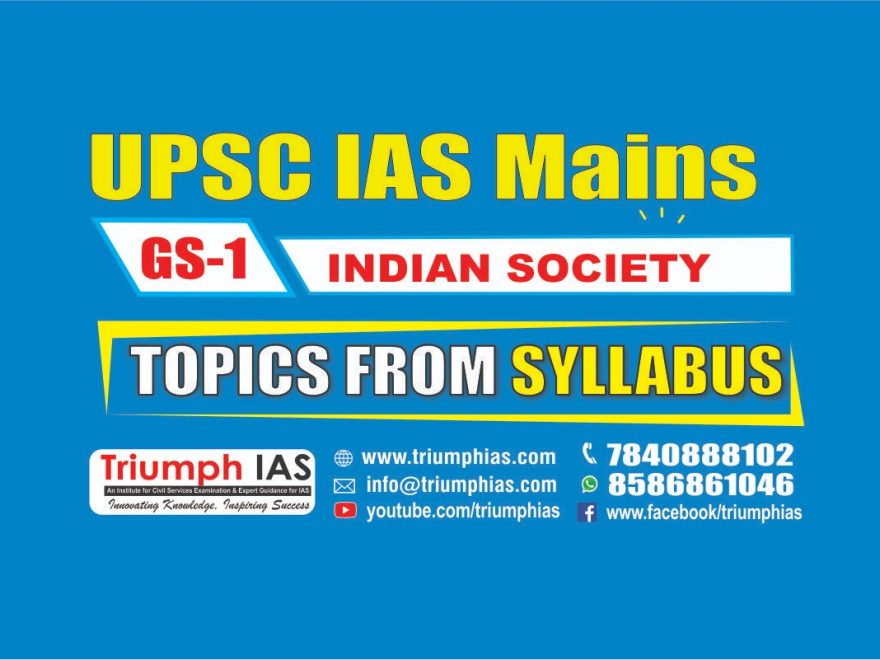Relevance: Mains: G.S paper I: Culture
Why in news?
- People in Ladakh region are celebrating Ladakhi New Year, Losar with festive fervor.
- Ladakh Lieutenant Governor RK Mathur participated in the celebrations, organized by the Ladakh Buddhist Association and Leh Hill Council, in Leh.
Key highlights:
- This is first Losar Ladakh Region celebrating as Union Territory. Our correspondent reports that Daring the minus 20 degrees temperature in Leh, People have gathered at Chokang Vihara for Losar celebrations in traditional attrire.
- Celebrations began with a puja for world peace and brotherhood. LG RK Mathur paid homage to Buddha Dharma.
- Artists from various parts of Ladakh region performed Cultural programmes and traditional events relating to Losar.
- As Union Territory, this year Losar is special even after realising the dream of 70 years and several sacrifices.
- People and administration took pledge for the over all development of Ladakh region on the Losar.
About Losar Festival
Losar festival, which has its origin in the 15th century, celebrates the Ladakhi or Tibetan New Year. It is said to last 15 days, but the first 3 days are the most important ones. It is mainly celebrated over a period of 3 days in late January or February, according to the Tibetan calendar. Humorous events such as the dance of the deer and the amusing battles between the King and his various ministers are highlights of this festival. Losar is characterized especially by dancing, music, and a general spirit of merrymaking.
In Ladakh, Losar is regarded as the most important socio-religious event. The festival is marked by making offerings to the Gods, both in Gompas and their shrines. The celebrations are an amalgamation of ancient rituals, staged dance dramas, the dance of the Ibex deer and lots of music, dance and revelry for the people. The auspicious images of the Ibex deer and other symbols are made on the door, walls of kitchen and wooden columns to welcome the New Year.
Losar is marked with ancient ceremonies that represent the struggle between good and evil. Watching the popular ceremony, where hundreds of people carrying flaming torches and chanting prayers parade through the streets to chase away evil spirits and hungry ghosts, is an experience of a lifetime. These blazing torches, which are eventually thrown away, are supposed to ward off the evil and is a spectacular way to bid farewell to the old year and welcome the new.
The festivities are spread over two weeks during the eleventh month of the Buddhist year, which can mean November, December, January or February. The dates and the location change every year.

